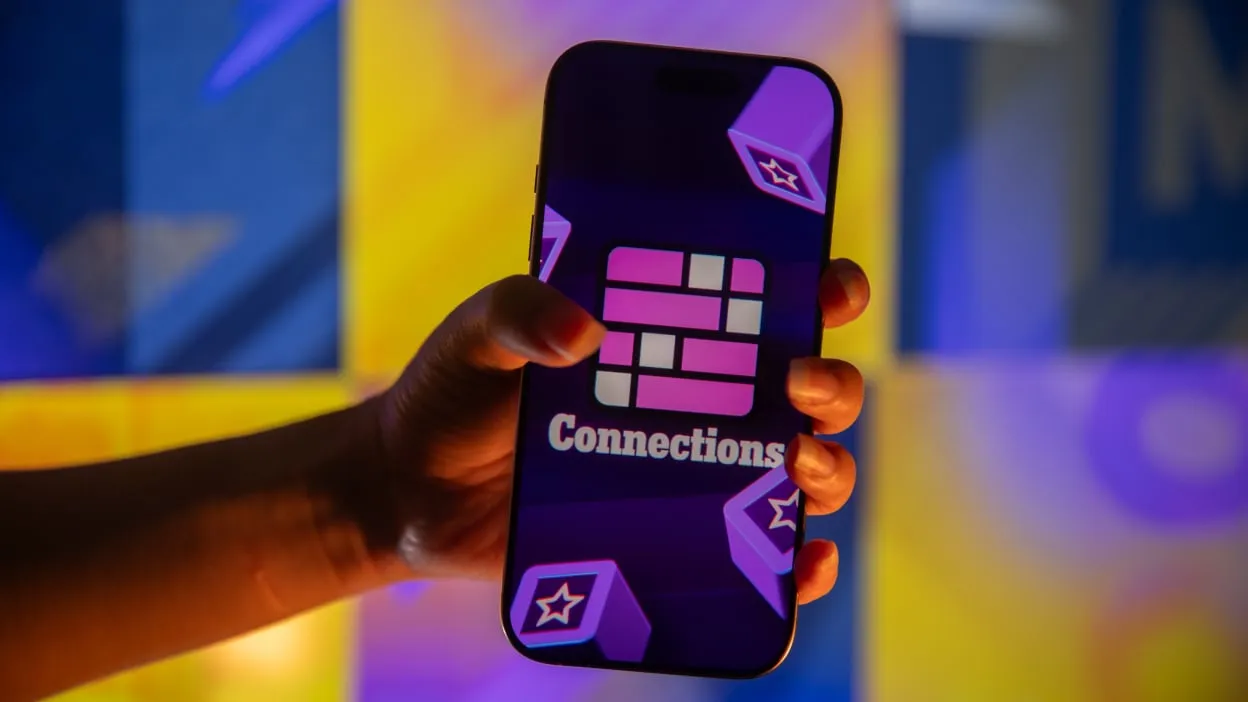Navigating the Challenges of Modern Word Games: A Deep Dive into NYT Connections
As we delve into the realm of word games, particularly those that have surged in popularity in recent years, the New York Times (NYT) Connections stands out as a compelling example. With its unique twist on traditional word puzzles, players are drawn not just to the challenge, but also to the communal aspect of sharing tips and strategies. This article aims to provide insights into the game, discuss various strategies for maximizing success, and explore community engagement around hints and answers.
What is NYT Connections?
The NYT Connections game, launched as a robust contender in the digital word-puzzle space, offers players the opportunity to connect words into groups. Each game presents a list of 16 words, and the goal is to categorize them into four distinct groups of four words each based on their relationships. The game encourages lateral thinking and deep linguistic knowledge, giving it a unique allure in a crowded field of simple word games.
The Gameplay Mechanics
Players can expect a combination of straightforward mechanics and complex wordplay. The challenge arises from attempting to decipher the underlying connections among seemingly random words. This structure not only tests vocabulary but also requires players to consider synonyms, antonyms, and thematic connections.
Understanding Connections
Each day, players are greeted with a new set of 16 words that could relate in various ways:
- Synonymous Groups: Words sharing similar meanings.
- Category-Based Grouping: Words that fall under a common theme, such as animals, colors, etc.
- Sound-Alike Grouping: Words that phonetically resemble one another.
- Contextual Connections: Words linked by specific phrases or historical relevance.
Tips and Strategies for Success
To thrive in the NYT Connections game, players must adopt strategic approaches. Here are some effective strategies to enhance your gameplay:
1. Begin with Common Themes
Start by scanning the 16 words for any instantly recognizable themes. Grouping words based on clear thematic cues can set a solid foundation for solving the puzzle. For example, if you spot words related to animals, cluster those first.
2. Eliminate the Obvious
If you identify certain words that do not belong to any of your current groups, removing them from consideration can help reduce confusion and allow for clearer connections to emerge.
3. Use Association Techniques
Draw on your existing knowledge and associations when encountering words. Associative thinking can often reveal connections that aren’t immediately apparent. For instance, think about idioms, cultural references, or common phrases that might link certain words.
4. Collaborate with Others
Engaging with friends or participating in online communities can enhance your problem-solving process. Sharing insights and hints can lead to breakthroughs that solitary play might not produce.
The Role of Community Engagement
The collaborative nature of the NYT Connections game is amplified through social media and online forums. Players often share hints, strategies, and solutions to previous games, fostering a vibrant community. Platforms like Reddit and dedicated Facebook groups have emerged where players exchange tips and discuss their daily challenges.
Finding Hints and Answers
For those who may find themselves stuck, several resources exist to help uncover hints and answers for daily puzzles. Websites such as Mashable and others provide timely help, often revealing answers for specific dates, such as May 23, 2025 or May 24, 2025. Here is a general approach to find help:
- Daily Posts: Many sites post answers as soon as puzzles go live.
- Social Media Discussions: Twitter and Instagram are common places where players share their experiences and solutions.
- Online Forums: Reddit remains a robust platform for discussing hints and game strategies.
Future of Word Games
The success of games like NYT Connections indicates a growing appetite for interactive and cognitive challenges in the digital space. With ongoing developments in game design and technology, the future will likely see even more innovative formats, perhaps integrating Augmented Reality (AR) and Artificial Intelligence (AI) to craft personalized gaming experiences.
Expanding the Genre
As we look forward, word games are expected to diversify further. Developers may experiment with new elements such as real-time multiplayer gameplay, customizable puzzles, and integration of various cultural references from around the world. This diversity will not only appeal to a broader audience but also enhance the educational value these games can provide.
Conclusion
New York Times Connections embodies the evolution of word games in the modern age. Through strategic gameplay, rich community engagement, and the continuous exploration of linguistics, players are not only challenged but also entertained. As the game gains traction, the strategies and tips shared within the community enrich the overall experience. Whether you’re a casual player or a seasoned puzzle solver, participating in the NYT Connections game is an exhilarating way to engage with words and sharpen your mind.
So, whether you’re tackling May 23, 2025, or May 24, 2025, consider the community resources available to you. Collaborate, explore, and enjoy the vibrant world of puzzles!







